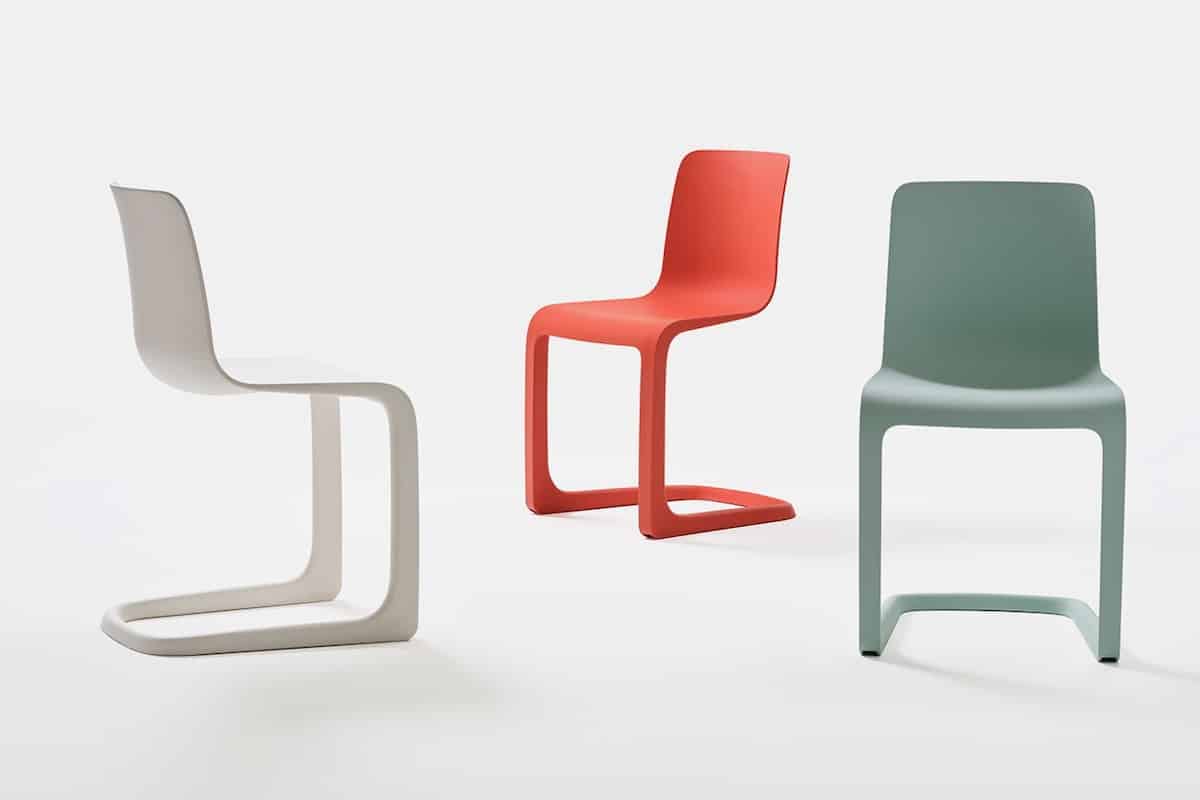Here’s a collection of some of the products released during IMM Digital.
With a very different kind of year behind us, all eyes are towards the future. Slated to be held last month in the German city, the international furniture and interiors fair IMM Cologne 2021 is just another cancellation of many. However, Covid-19 hasn’t stopped new product launches in the furnishings industry, and we’re thankful for that – particularly when staying home more than ever means more than ever significance placed on our home and furnishings.
What’s in store as we take the steps to turn the page from a global pandemic? With a digital presentation, IMM’s organizers take a look, and here are four hot trends to watch.
- Natural Luxury
By now we know that to have appeal, sustainability must be combined with quality and style. Craftsmanship has been a hot topic for years now, but these days, supporting your local community has even greater importance. Fabricated from locally sourced household waste engineered into a high-quality plastic that’s produced without dye, Tip Ton RE from Vitra reconsiders Barber & Osgerby’s Tip Ton chair, with earth-friendly results.

- Blurring Boundaries
Designing for life without boundaries addresses the overlaps of living – think living and eating or and living and working – with open architecture meeting fused demands. The S 5000 Retreat by James Irvine for Thonet adds privacy to the sofa, now a legitimized workspace. Dividing panels as well as add-on tables, cushions, and power sockets meet the demands of a busy workday and, when applied to the office environment, permit social distancing.
“The hybrid character of our products allows them to find a way into residential just as well as contract settings,” notes Norbert Ruf, Thonet’s creative director. See featured image.
- Multifunctional
Previously spacious homes and apartments are quickly tightened with more family members putting them to use – the more multi-functional an object is, the more space-saving it is. The Four-Two sofa by Roland Meyer-Brühl for Brühl is a cozy compact corner seating solution or a 5-by-7-foot bed. Armrests have surprises – one hides a table, airplane-style, while another swings around to transform into an additional backrest. There are also optional headrests and two versions of comfort, soft and compact (that’s a firmer cushion).

- Sharing Spaces
Change rarely comes this fast. With companies doing away with dedicated office space entirely due to the global pandemic, co-working spaces designed with safety in mind will continue to grow. As much as we might appreciate working from the comfort of home, there are those days when only a new location will get the job done. Likewise, co-living spaces in the form of long and short stay apartments provided a new use this year: a refuge for people coming from crowded urban environments or an alternative to hotels. As the number of digital nomads climbs, so does the demand for the convenience of shared spaces.
“The hospitality market is changing,” says Dick Spierenburg, creative director of IMM Cologne. “New models are emerging for people who need to be flexible in terms of time and place and are open to new living concepts like apartment houses and co-living projects.”
Distinctive in its style yet sturdy and compact enough for a hospitality environment, the cast-glass and brass or steel rod Pina side table by Sebastian Herkner for Pulpo is a tribute to the abstract turns and twists of dancers in the Pina Bausch dance company in Wuppertal, Germany.











